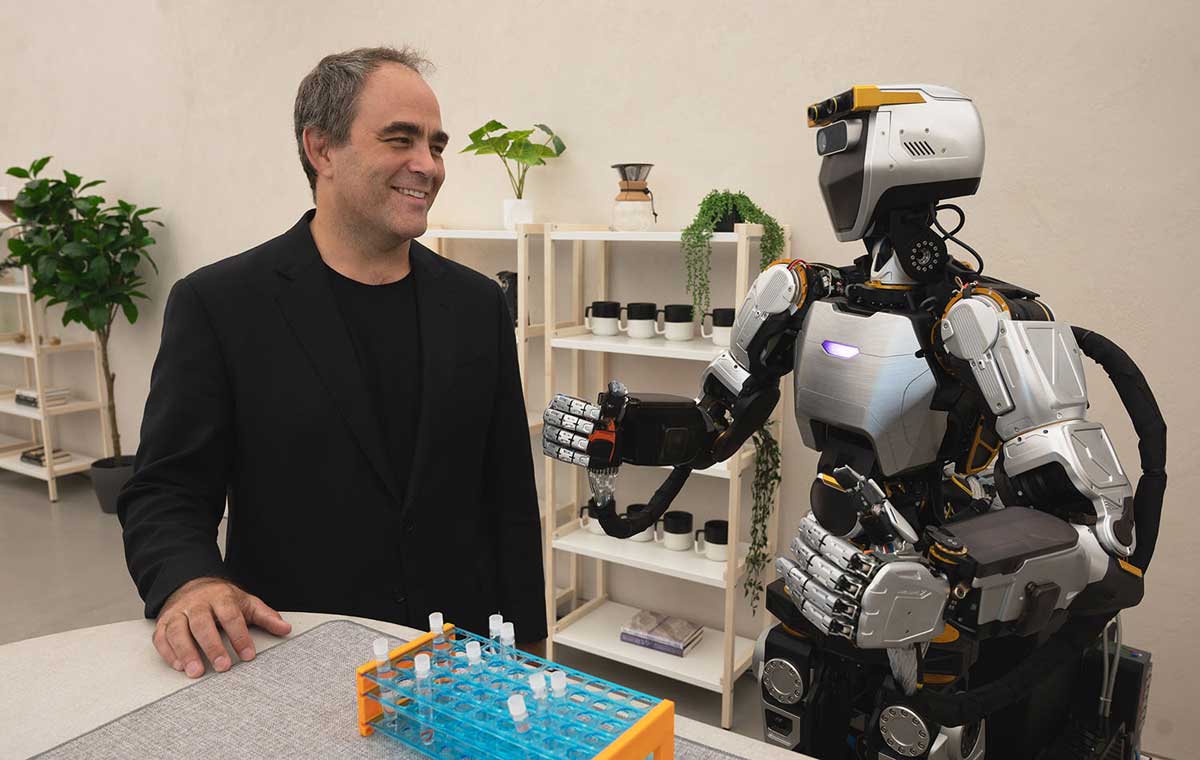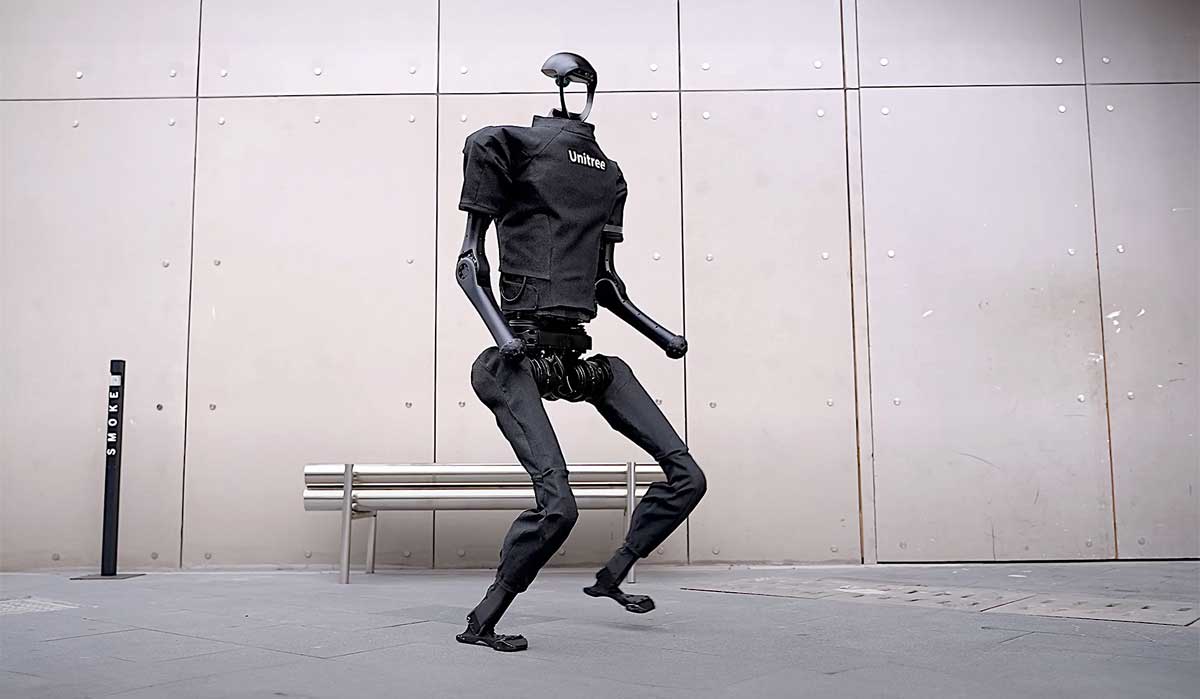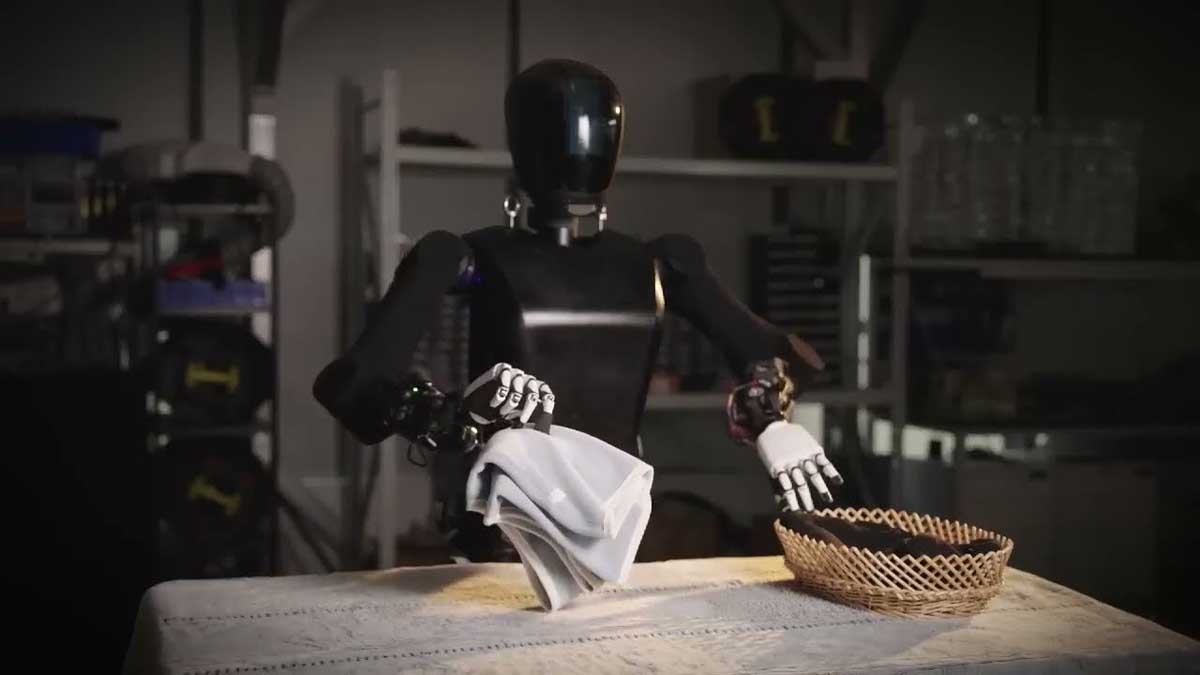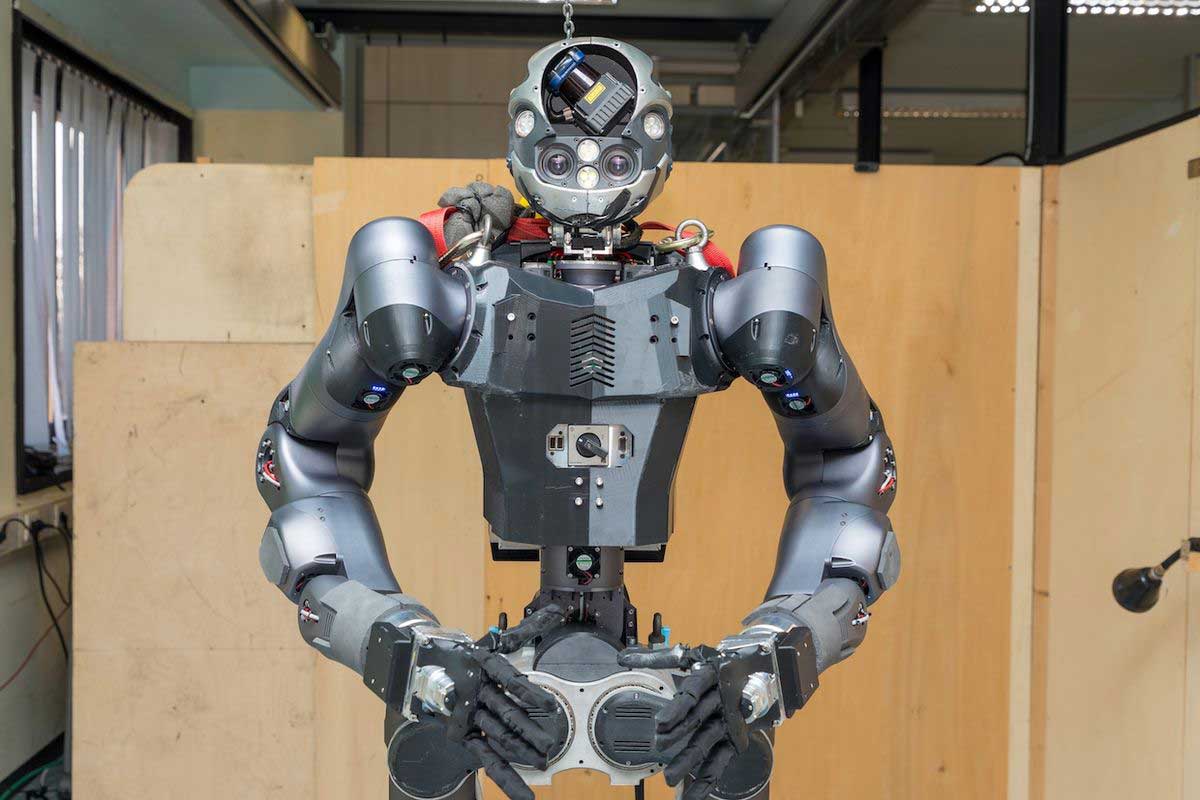In 2023, Sanctuary AI unveiled the Phoenix, a humanoid robot unlike any other. This wasn’t just another clunky automaton; it was a beacon of potential, promising to revolutionize the way we work. Standing 5’7″ and designed with human-like form and function, the Phoenix is touted as the world’s first “general-purpose” humanoid robot, equipped with “Carbon,” a unique AI control system that grants it human-like intelligence and dexterity.
While humanoid robots have long captured our imagination, they often remained relegated to specialized tasks in controlled environments. Phoenix, however, breaks free from these limitations. Its 20-degree-of-freedom hands rival human dexterity, allowing it to handle diverse tasks with finesse. Coupled with its 55 lb payload capacity and 3 mph top speed, Phoenix demonstrates adaptability and efficiency suited for real-world work scenarios.
But what truly sets Phoenix apart is its “Carbon” AI system. This proprietary technology enables the robot to learn and adapt in real-time, akin to how humans acquire skills. Through a unique “piloted training” approach, human operators remotely control the robot while the AI observes and learns their actions. This symbiotic training method allows Phoenix to develop a vast repertoire of tasks, ranging from logistics and manufacturing to retail and healthcare.
One fascinating aspect of Phoenix lies in its human-like form. While some raise concerns about the “uncanny valley,” Sanctuary AI argues that the humanoid design offers practical advantages. From navigating human-designed environments to interacting with humans intuitively, the familiar form fosters seamless integration into existing workspaces and workflows.
The commercial implications of Phoenix are significant. Its ability to handle diverse tasks efficiently, coupled with its adaptability and learning capabilities, makes it a valuable asset across various industries. From alleviating labor shortages to automating repetitive tasks, Phoenix has the potential to transform work cultures and boost productivity.
However, it’s crucial to acknowledge the ethical considerations surrounding such advanced technology. As Phoenix evolves, questions regarding job displacement, robot rights, and societal impact come to the forefront. Sanctuary AI emphasizes responsible development, actively engaging with diverse stakeholders to ensure Phoenix serves as a tool for progress, not a source of disparity.
The Phoenix robot is no longer a mere concept; it’s a tangible representation of the future of work. As it continues to learn and evolve, its impact on our world is bound to be profound. While challenges remain, one thing is certain: the rise of the Phoenix marks a pivotal moment in the evolution of work and technology, ushering in a new era of collaboration and innovation.





Leave A Comment